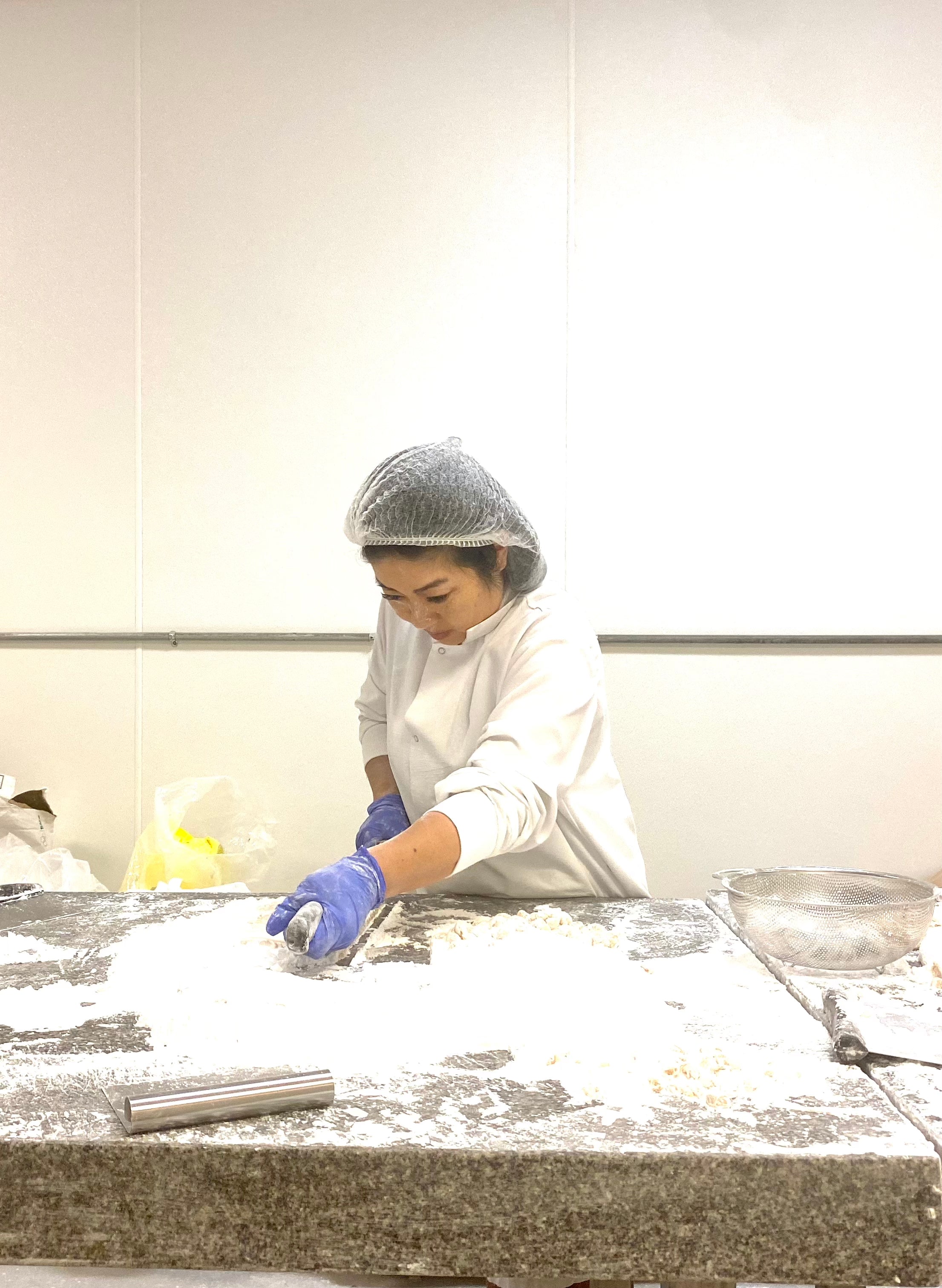Japan, Mochis and Issei Mochi Gummies

Thank you for visiting the Issei Mochi Gummies Blog and Website.
We are so thrilled to connect with you.
It seems like it has been a very long journey - of testing, research and development with our team of food scientists, rice starch scholars and tapioca starch Ph.Ds to make the best vegan chewy candies around without all of the chemicals, additives and animal-derived stuff.
We are finally out in the world, sharing our love for all things mochi. But some of you may be wondering: what is mochi? What are mochi gummies? Well, let me share with you my thoughts on the heritage of mochi and how I came to make them something a bit different than what I grew up with in Japan as a little girl.
Mochi is an ancient Japanese snack, and has been in the food culture of Japan since 14,000-300 B.C.. I know. Pretty crazy right? It is possibly the cleanest confection ever created, traditionally made with pounded rice and spring water, and often filled with red Azuki bean paste and sugar. It is a food for celebrations, gatherings and expressions of gratitude. Families would pound the steamed rice with a mortar and pestle, or a wooden hammer and pestle, with friends and family members gathering around to watch. It was and still is a celebratory event of communities with people sitting around to watch the quick pounding of the rice into warm, soft pillows of rice dough. Mochi is almost a sacred food, with people bringing neatly piled mounds of decorated mochis as offerings to shrines to express gratitude to the Shinto gods for the New Year. It symbolizes longevity, well-being and prosperity.
Have you seen these guys?
Pounding Mochi With the Fastest Mochi Maker in Japan
I grew up eating mochi in all of its traditional forms - freshly pounded and warm to the touch, dried, grilled, piping hot and dipped in sweet soy, warm and melted in sweet Azuki soups, silky, cold and served with ice cream desserts. Mochi is a highly perishable food, and you have to eat it just a quickly as you would a baguette, lest it goes stale and stiffen. It is enjoyed much like a cake, a large piece of the rice dough that is filling enough for just one or two at a time. If it is not the dried kind that is meant to be cooked or grilled, it is sold in the pastry section of a retail store, or at a mochi speciality store, meant to be consumed the same day or the following day. The window for consumption is very narrow. So when I started to make mochi pieces for my kids in my kitchen at home, the main challenge was to make it last like other gummy candies without adding any chemicals, stabilizers or additives.
It was not an easy road.
I asked myself - it possible to preserve the near sacred tradition of mochi while making it modern for people to be able to snack on? Can I make it bite-sized to get my kids to eat it instead of all of the junk-infused gummies? Is that even respectful of my own culture?
The answers I arrived at were: yes, yes and yes.
Japanese culture is about heritage, yes, but it is also about innovation, refinement and searching for better ways to do old things. I think my family and my ancestors would graciously accept my interpretation of the traditional mochis, especially if it could offer an alternative to traditional gelatin based gummies or gluten-based snacks for vegans, vegetarians and gluten-averse people, beyond Japan, and if it could expand the scope of what we consider to be a candy. Candies don’t necessarily have to be made with animal collagen to give it bounce in the texture. It also does not necessarily need to be grounded in corn syrup or sugar to give it structure. Through research and testing, we found a way to give our Issei Mochi Gummies both texture and body without the bad stuff. I wanted a hint of sugar, and a hint of ripe fruit flavors. That is very Japanese. Subtle flavors, not too much sugar, soft natural colors.
We just finished our first month of sales. We hit 333% growth in the first weeks. It is still unreal to me that people like them, and they are sold out in its first month of launch in several Whole Foods stores. I am so grateful that people are ready for something new, something ‘foreign’, something old, but something creative, created with love for new kinds of food lovers.
I am so grateful to you if you have stopped by and read these words and tried our gummies. Thank you for being open. Thank you for taking a risk and trying what we created. We did it with love, and hope you will stay with us.
We will do our honest best to make the greatest candies we can make for you, your families and your children.
Mika
October 5, 2022


